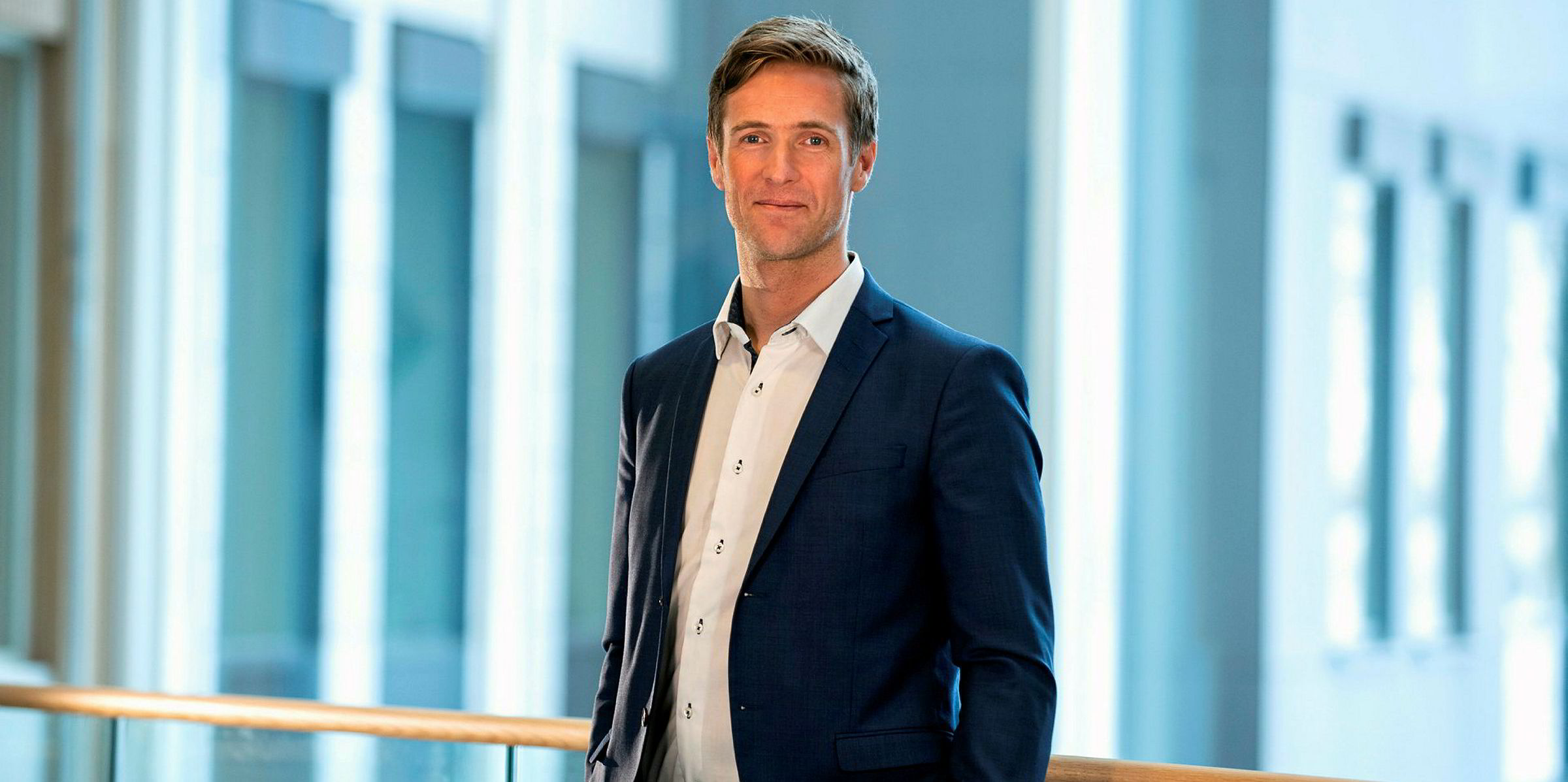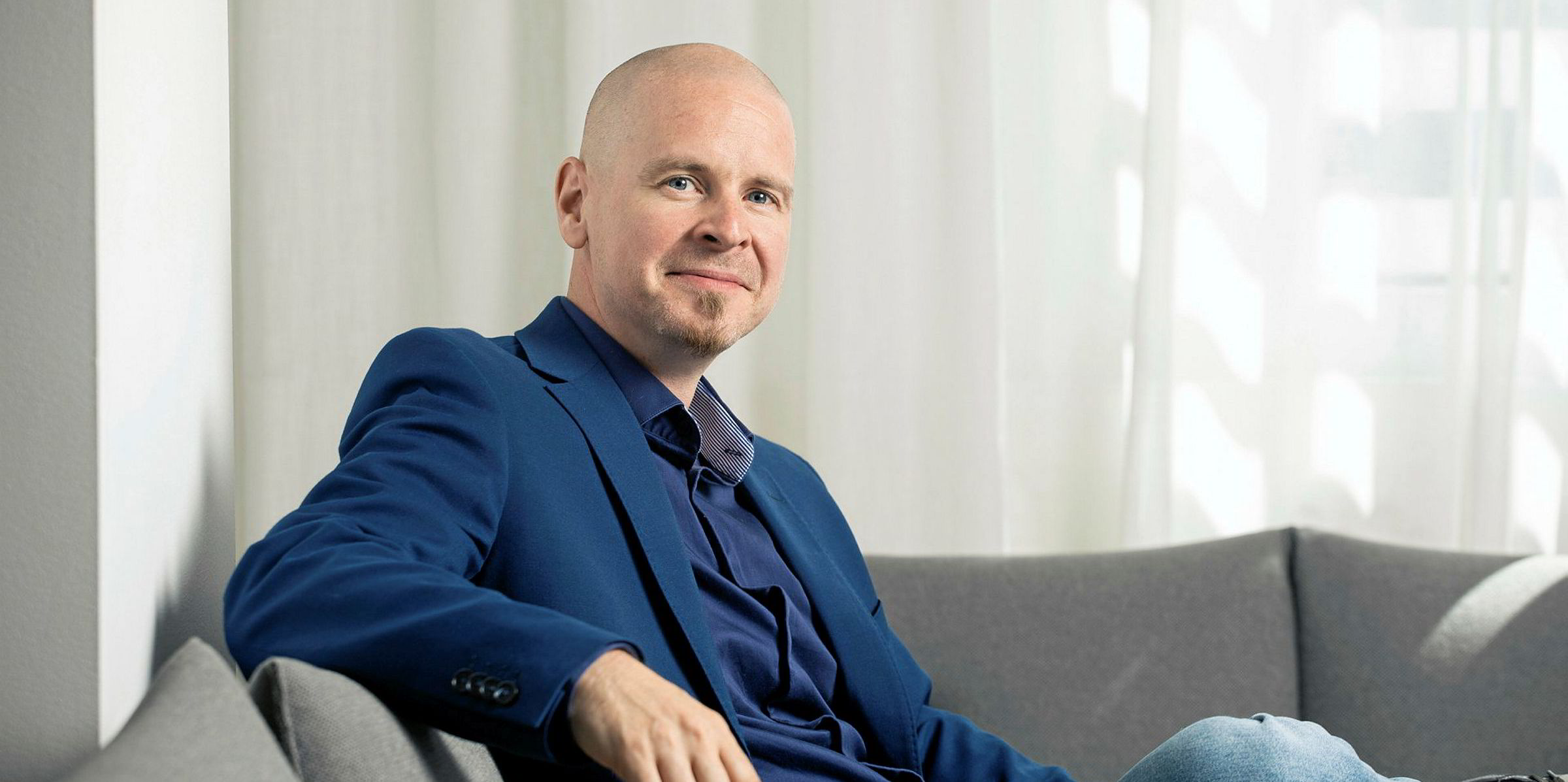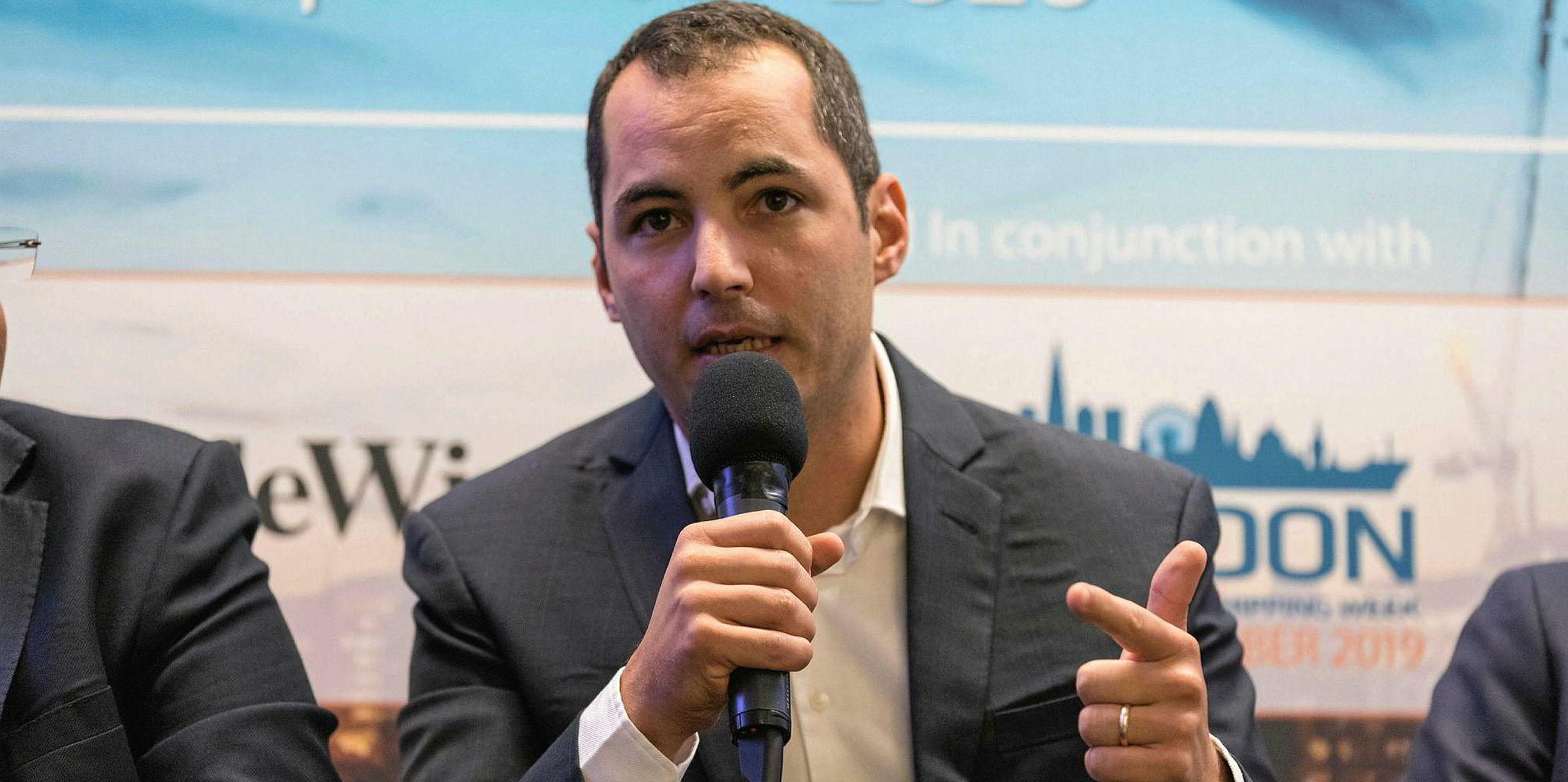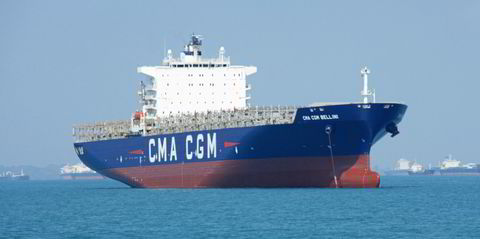The "digital ecosystem" has become a buzz phrase in the shipping vocabulary as larger marine technology groups get to grips with trying to pull together myriad disparate digital systems.
On one level, the idea of bringing together various technologies so they can interact is a stepping stone to designing and building autonomous vessels. But more immediately, it is a way for the larger engineering groups to work with smaller technology start-ups to the benefit of both types of companies.
And, in that way, digital ecosystems should help ship operators and owners to make sense of a mass of competing technologies, and help to access them easily and cheaply through data sharing and a connected marketplace.
Sceptical voices
However, a certain amount of scepticism about the benefits of digitalisation has been creeping in, even among companies which are undeniably adopting digital technologies.
Columbia Shipmanagement chief executive Mark O’Neil, talking on a recent Capital Link webinar, said his group has invested in a vessel-performance optimisation control room.
But he added: “You can digitalise everything, but you don’t need to digitalise everything.”
The effort should be limited to parts of your business that are worth digitalising, O’Neil said, and these “should be what the client actually needs”.
Mark Cameron, executive vice president and chief operating officer at Ardmore Shipping, said little data used by people who can actually handle it on a ship has more value to him than big data crunched by an army of analysts to find a trend months later.
Stephen MacFarlane, chief information officer of V. Group, said its business intelligence is not built around a big dashboard, but daily operations on vessels.
“If you don’t bring your people, your customers, your seafarers along for this journey, you are not going to get the buy-in and success you are looking for,” MacFarlane said.
People focus
When developing its ShipSure digital platform, V. Group at first put technology aside to focus on the people who would use it.
“We said we are not going to build you a platform, you are going to build a platform,” McFarlane said.
The approach resulted in not taking the data off the ship, but analysing it and making decisions on board the vessel.
But, according to evangelists for digital ecosystems, that might be missing the point: shipping companies have gone up a dead end trying to build their own platforms and solve every problem themselves. Collaboration could be cheaper and better.

Most digital developers do not have the resources to scale up above 10 to 100 ship installations because their solutions need to capture data from vessels.
The expense of installing equipment to do that nullifies the cost savings of stand-alone systems, said Kongsberg senior vice president for maritime digital solutions Vigleik Takle during a company webinar.
“It’s becoming like a jungle out there with software ranging across a broad range of uses,” he said.
If 10 applications are needed on a ship, then the same number of computers are required — and it is not viable from a cost or cyber security perspective.
“So, owners are not seeing sufficient return on the investment, and that is possibly the main reason why we have not seen broader digital adoption,” Takle said.
Vessel Insight scheme
The Norwegian engineering giant, which has equipment on 30,000 ships, responded by forming its Vessel Insight scheme in 2019 to bring data from fleets together in a single way, and offering access to a broad range of applications through its Kognifai Maritime Ecosystem.
To an extent, the One Sea company alliance predated collaboration efforts when it was set up in 2016 to make autonomous commercial maritime applications happen by 2025 by promoting research initiatives between the main technology suppliers and other industry stakeholders.
One Sea, which is headed by lead director Paivi Haikkola, now has 12 members including the main marine technology groups.
Haikkola told TradeWinds: “We are interested in [adding] owners and operators, but also smaller start-ups taking these technologies forward, which can give a good balance to the bigger companies, as well as technology providers from different fields.”
But there is a limit to the desire of companies to share data or technologies.
Intercloud communication
ABB has said: “While it is not entirely clear how digital solutions and platforms from different marine vendors will be brought together to function seamlessly in the future, what seems likely is that different original equipment manufacturers, service providers, classification societies and vessel owners will communicate in an intercloud, combining data from multiple cloud solutions through a set of standard or specific application programming interfaces.
“This will enable an owner to create a digital world.”
Eero Lehtovaara, head of regulatory and public affairs at ABB Marine & Ports, told TradeWinds that the industry needs alignment on seeing ships as systems in themselves.
As it will very rarely be the case that one company supplies all of the components for any vessel, he sees the need for a set of rules to integrate technologies so that they can work as safely and efficiently as possible.
'Gridlock in thinking'
“One of the issues developing these tools and technologies is that we are still in a gridlock in thinking of the ship and the bridge as an assembly of independently working components," he said.
“If we don’t start to have regulations and start seeing the ship as a system, then we are digging a deeper and deeper hole.
"Standardisation is one part of developing a system but it is still just skimming the surface. We need to fundamentally change our thinking on how we design and build ships.”
Early this year, MAN Energy Solutions signed up with Rolls-Royce Power Systems, which includes its engines and propulsion systems for ships, to develop its open asset and fleet management platform that supports digital products and services.
Rather than companies building their own asset management systems in disconnected data silos, the "mya" platform was touted as a way of allowing data to flow from vessel operating systems to operators, owners, charterers, equipment makers, shipyards and insurance companies.
The aim: “To enable the entire ecosystem to be managed from a single place.”
Jurgen Winterholler, vice-president of digital IT at Rolls-Royce Power Systems, said: “We feel the day of technology vendors and manufacturers trying to lock customers into their proprietary digital platforms by holding data hostage, is over.”
'Smart marine ecosystem'
Tamara de Gruyter, vice president for Europe and Africa at Wartsila Marine, told TradeWinds: “We are bringing to life a smart marine ecosystem, whereby a matrix of asset, energy and voyage management solutions can optimise everything that happens throughout the ship’s life cycle.”
But Kongsberg has arguably gone wider with Kognifai. It now has 15 partners to its ecosystem and provides a one-stop shop to both third-party and Kongsberg applications including docking, bunker planning, route optimisation and condition monitoring solutions.
Kognifai partners includes DNV GL, MAN, Fujitsu, Meteomatics, Macgregor, BunkerEx, Marine Benchmark, KVH Industries and ScanReach.
Kongsberg’s Vessel Insight system benchmarks the performance of 2,100 different types and sizes of ships. A lot of information comes from AIS, but customers own their own data and can decide if they want to share it. Subscribing costs $300 per month for a fleet of 10 vessels.
“We think we are approaching a crossroads where those who don’t invest in digital solutions will quite quickly struggle to compete,” Takle said.
However, back at the Capital Link webinar, Thome Group chief executive Olav Nortun said more was to be gained on automating port calls than ships.
“If there is not a cost benefit in this, why would we invest?” he said.
Takle’s take is: “Keep in mind that technology is not a silver bullet. At the end of the day, it is the people using the digital solutions that decide how much value is being created.”









